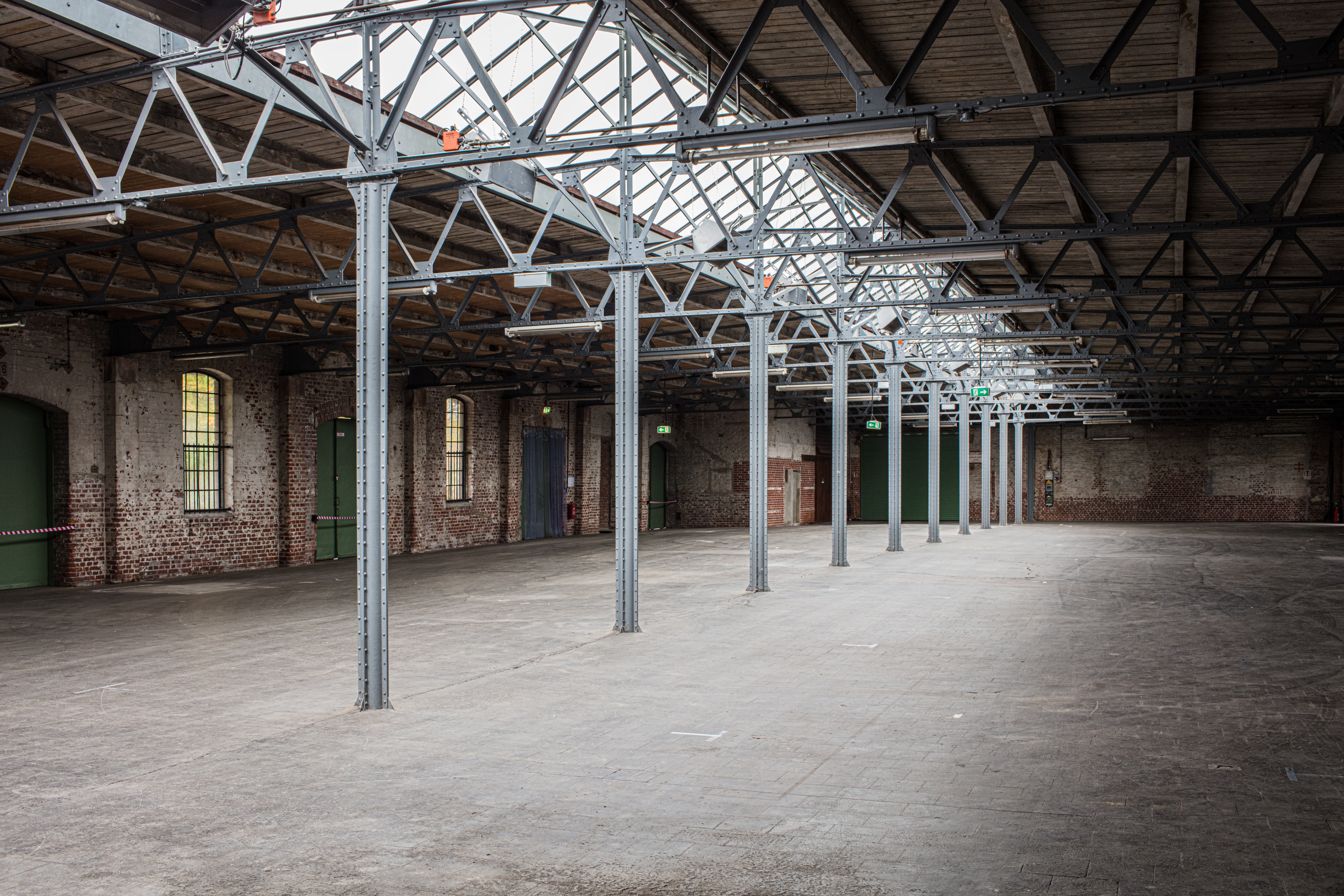Developing brownfield land undeniably comes with its own set of challenges – but it may not be as tough as you think.
With title issues, getting planning permission for your site and navigating the grey areas of policy, there can be a lot to contend with. But as Lisa Tye, Partner & Joint Head of Planning at Shoosmiths, put it in our recent webinar on the subject:
“None of that is insurmountable where you’ve got a supportive local authority. I think that really is the key to getting these sites away and through the process.”
However, having a supportive local authority isn’t always on the cards. So we’ve pulled together our expert’s top tips from the webinar on how to make developing brownfield land easier.
-
Anticipate areas of growth
The proportion of brownfield land is skewed towards the North of England.
So if you’re looking for sites in already heavily-developed areas in the South, such as London, you may have to focus on smaller plots. This can work in the favour of SME developers as these smaller sites may be passed over by larger housebuilders as they “might not be able to get the volume or the scheme density that they require”, meaning less competition for the land.

But if you already have your sights set on the North, you can use the brownfield land registers of local authorities in your target region. They catalogue achievable and available brownfield sites in the area.
Matching these sites up with areas that are soon expected to be encompassed as part of the outward spread of cities could mean that your brownfield outlier could quickly become a prime piece of real estate.
“Try and think about where the next wave of growth is going to be… where’s Manchester city centre going to extend to next?” – Paul Smith, Managing Director at The Strategic Land Group
-
Make the most of the infrastructure already in place
A real benefit of developing brownfield land is that there’s usually a lot of key infrastructure already in place.
Developers, therefore, rarely have to worry about the stress and cost of building new roads or setting up utilities from scratch.
“One of the biggest advantages to developing on brownfield sites is the proximity to existing facilities and infrastructure.” – Tom Hall, Partner & Head of Strategic Land at Shoosmiths
The location is usually accessible and close to (or even in) urban areas, so an ideal housing spot for commuters, or those looking for easy access to the city centre.

-
Embrace remediation
Remediation can often seem like a daunting task. But you shouldn’t let it put you off, especially if the site is ticking a lot of other boxes.
Following a few simple steps can make the process a whole lot smoother and prevent additional costs further down the line.
- Get professional help early – enlist remediation contractors to do the site investigation work up front as they know what they’re looking for and can provide accurate costing. We have a strong remediation industry in the UK, so lean into their expertise.
- Design around it – contaminated patches of land may seem scary, but they can be incorporated into the design. Instead of seeing it as a write off, you can get creative and use it to build something, like an underground carpark for example.
- Don’t be scared of it – the workload and cost of remediation can be off-putting, but it often comes hand in hand with developing brownfield land. Anticipating and budgeting for it as part of the process can help prevent it from becoming a deterrent.
Watch the on-demand webinar now
Catch up on the rest of Lisa, Paul and Tom’s insights into developing brownfield land with the on-demand version of the webinar.
In the session, they covered:
- Current opportunities available with brownfield land
- Difficulties of developing brownfield sites
- Planning constraints and the role of local authorities

